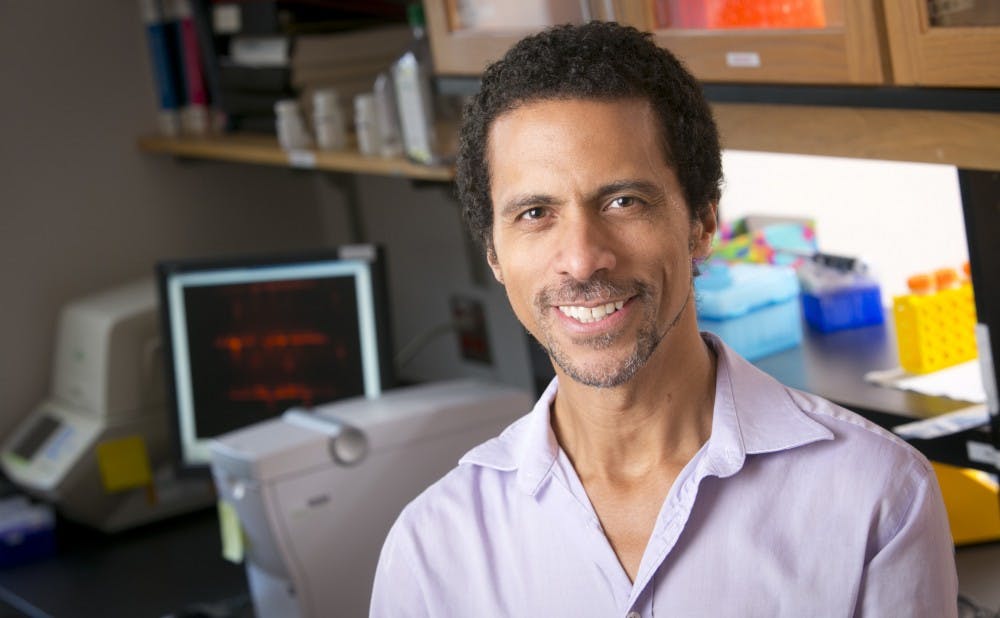Duke researchers have discovered that parrot brains possess a specialized structure that may be responsible for the birds’ ability to mimic humans.
Erich Jarvis, associate professor of neurobiology and an investigator with the Howard Hughes Medical Institute, and Mukta Chakraborty, a post-doctoral research associate in Jarvis’ lab, are currently investigating if the structure they identified in parrots’ brains enables the birds to imitate the speech of other species. Jarvis said they hope their findings will help them discover how to repair and enhance vocal learning pathways in humans.
“You know how they always say that the biggest scientific discoveries come out of an accident?” Chakraborty said. “Erich and I were just looking at some brain sections, and we said, ‘Wait a minute, this region looks like it has two separate subdivisions.’ And then we went ahead and started sampling and doing other experiments to check that what we were looking at was actually real.”
Parrots are one of the only animals with vocal learning skills, or the ability to imitate sounds. Most vocal learners can only mimic the sounds produced by members of their own species, but parrots and humans are able to imitate the speech of other species.
Chakraborty explained that scientists have been trying to determine what makes parrots different from other avian vocal learners—such as songbirds and hummingbirds—for the past 30 to 35 years.
“[Scientists] knew there was some difference in the neural pathways, but it was still unresolved as to what exactly was that extra specialization in the brain structure of parrots that allowed them to imitate human speech,” she said.
Charkraborty and Jarvis discovered that a core structure in parrot brains—a structure that controls the ability to produce learned speech—is surrounded by a second shell structure. Scientists had previously assumed that this second structure was an extension of the first, not its own distinct entity
Chakraborty said the lab’s experiments have revealed that the structure is present in all parrots capable of interspecies mimicry.
In addition, the structure is larger in parrots with more advanced vocal learning abilities, Jarvis said.
Jarvis noted that they hope their work with parrot brains will shed light on how brain pathways develop in humans. They also aim to learn how to manipulate these pathways, repair them when they are damaged and enhance their function, he said.
“Now we have a bird that has a similar brain pathway as humans, and we can manipulate its genes and see what happens,” said Jarvis. “So once we figure out how to do that in a parrot or songbird, then in the future we could try such things in humans.”
The Jarvis lab is still exploring the level of similarity between parrots and humans. Researchers are currently examining the genes underlying the newly discovered shell structure to see if they are similar to the genes in human speech centers, said Chakraborty.
Jarvis explained that this could allow them to determine whether parrot brains are similar to human brains on a molecular—not just a structural—level. The more similar parrot and human brains prove to be, the greater the probability that findings in parrots would be beneficial to research in humans, he said.
Get The Chronicle straight to your inbox
Signup for our weekly newsletter. Cancel at any time.

